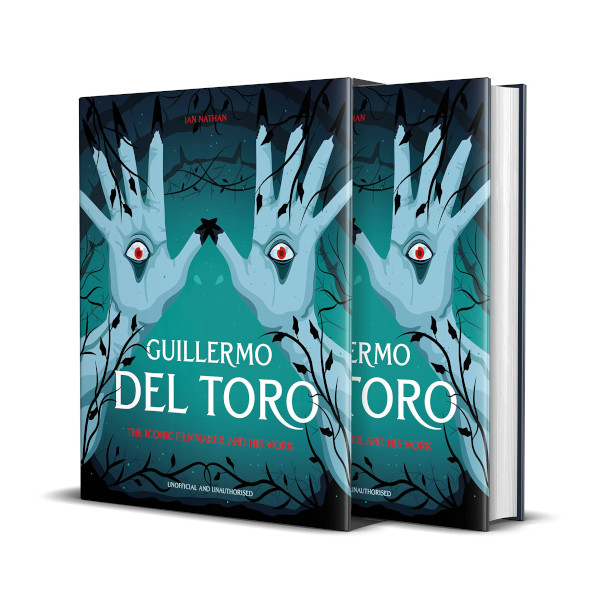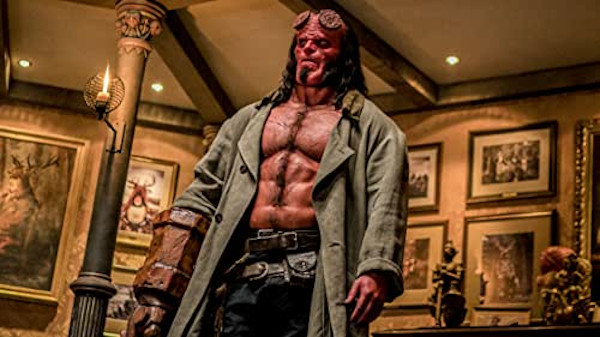Chronicling the Inner Workings of Guillermo del Toro’s Brilliant Mind and Career

As people transform from average film fans to full-fledged movie buffs, one thing they do is learn as much as possible about the directors of the movies they love. From David Lynch to James Cameron, learning about their creative process and career trajectory can be as interesting as the films they make, but there’s one filmmaker who stands out for many people: Guillermo del Toro.
Ian Nathan, who has written books about Peter Jackson, Tim Burton, and Quentin Tarantino, has undertaken the task of making a book chronicling the life and career of del Toro. The book’s full title is: Guillermo del Toro: The Iconic Filmmaker and His Work. Nathan has interviewed de Toro in the past, and you can tell from his writings that he’s not only a fan of del Toro’s work but finds the man behind the screen to be fascinating -- and Nathan does a good job of convincing the reader to feel the same way.
The book is rich with details from del Toro's early life and the trials and tribulations he faced when starting out as a filmmaker. Nathan does a great job of filling the book with pictures from behind-the-scenes moments of del Toro’s work, as well as promotional images from his movies. Without those images, it would be much harder to get a good idea of del Toro’s dark and morbid tastes.

Learning how his religious upbringing made del Toro attracted and sympathetic to monsters and the occult is an interesting origin story, and reading about the difficulties he faced when breaking into Hollywood compels you to cheer for him.
Nathan starts out the book in chronological order but takes a detour part-way, likely because Pan’s Labyrinth is del Toro’s most beloved and notorious film. After directing Blade II and Hellboy, some of del Toro’s biggest fans and fellow filmmakers started to question if he had become “too Hollywood” and abandoned his artistic visions.
Del Toro was never shy about being upfront about his interests, and he has shown that he wants to make dumb, trashy, popcorn-chomping movies on top of his more thought-out, artistic pieces. Saving the Pan’s Labyrinth section of the book for later ended up being a smart move as it’s given more context from the previous parts.

I wouldn’t say Nathan’s style of writing is perfect, but it’s an ideal fit this kind of book. His detailed and imaginative voice meshes well with the character that Guillermo del Toro is in reality and the dark, fantastical worlds that he creates.
Movie buffs that are big fans of del Toro’s work should buy this book. Nathan constantly cites sources, and his frequent use of pictures gives the whole book a very thorough and vivid feel.
Author Bio:
Ulises Duenas is a contributing writer at Highbrow Magazine.
For Highbrow Magazine































































































































































































































































































































